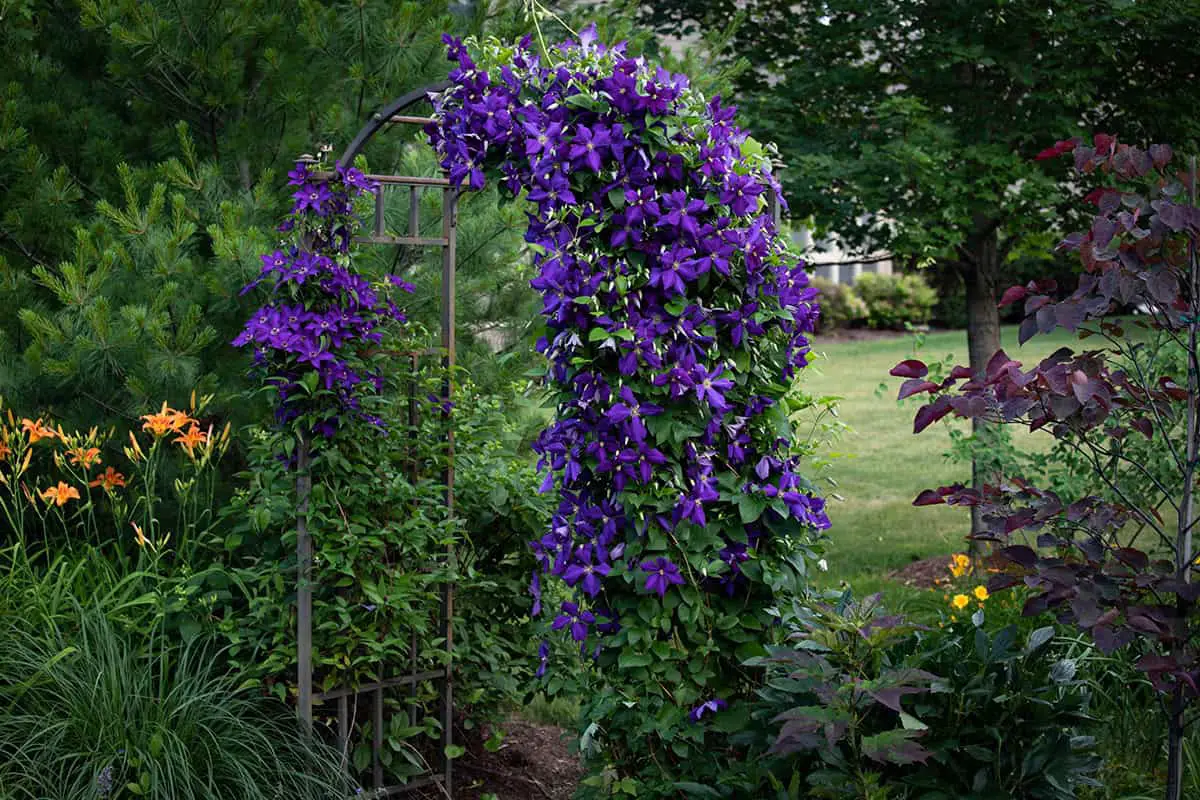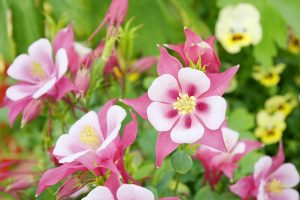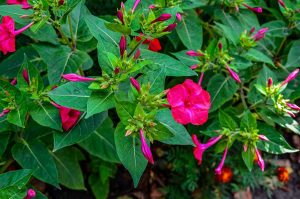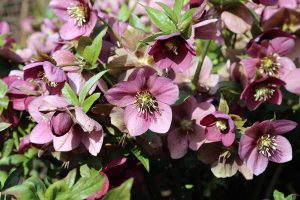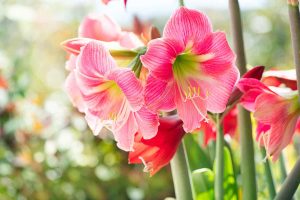You’ve admired your neighbor’s stunning clematis vine, with its vibrant flowers cascading over the fence, and decided to grow your own. Now, you’re unsure where to start. Learn how to grow and care for clematis vine effectively to transform your garden with these beautiful blooms.
Table of Contents
Choosing the Right Variety of Clematis
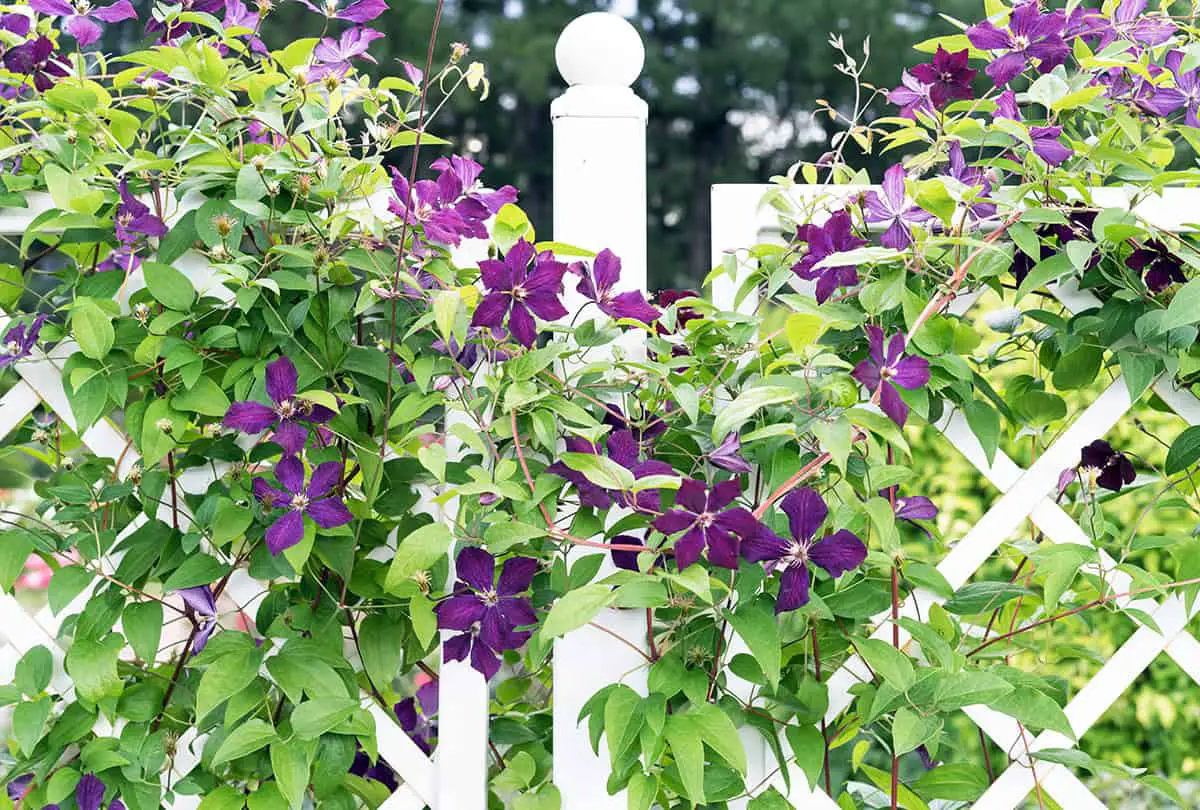
Selecting the perfect Clematis variety is crucial. Different varieties thrive in different conditions. Some are best for sunny spots, while others prefer shade.
Consider the plant’s mature size. Some Clematis vines grow very large, which may be ideal for expansive gardens. Smaller varieties work well in limited spaces like patios or containers.
Think about bloom time. Early bloomers adorn your garden in spring, while late bloomers extend the season into fall. Some Clematis varieties even offer repeat blooming.
Flower color is another factor. Clematis vines come in a range of colors: blues, purples, pinks, reds, and whites. Choose colors that complement your existing garden palette.
Check the growth habit. Certain Clematis are vigorous climbers, suitable for trellises or arbors. Others are better for ground cover or even shrubs.
Light
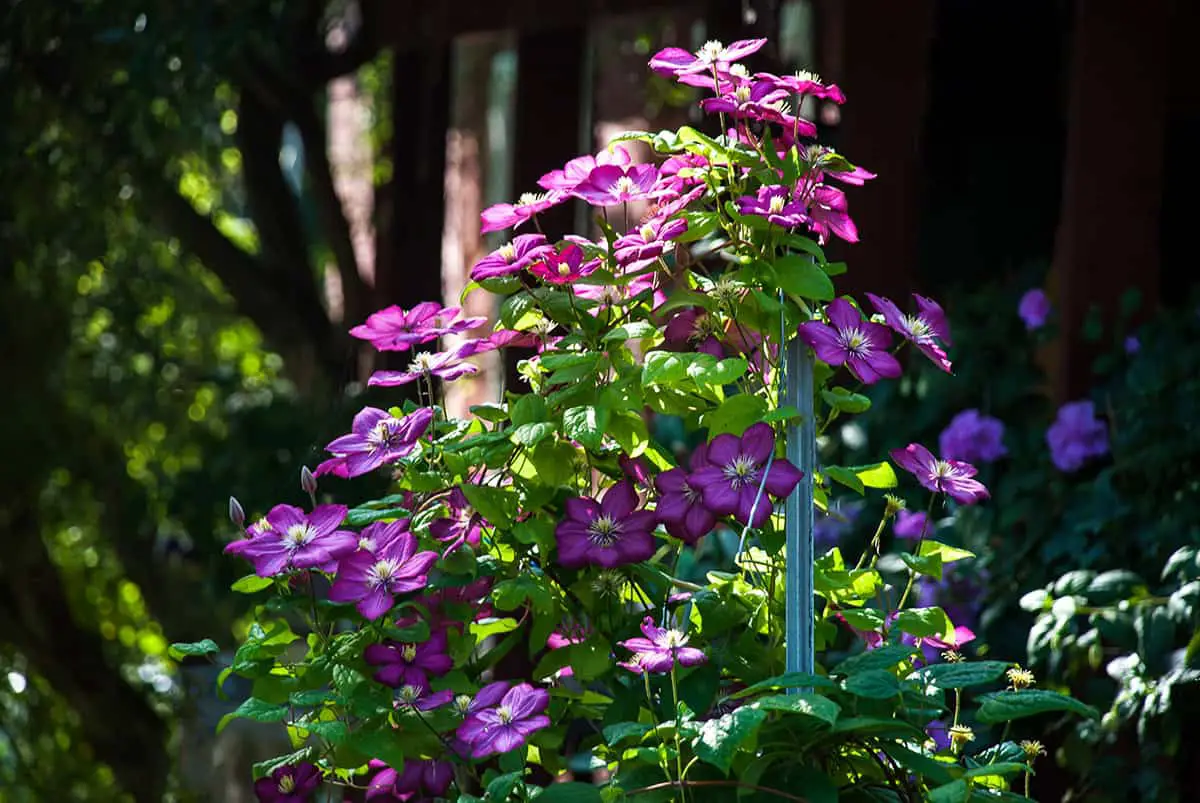
Clematis vines thrive in full sun to partial shade. Aim for at least six hours of direct sunlight each day for optimal growth.
The morning sun is ideal. It helps dry the foliage, reducing the risk of fungal diseases. If you live in a hot climate, provide some afternoon shade to protect the vines from intense heat.
For robust blooming, make sure the base of the plant stays cool. You can achieve this by planting low-growing perennials around the base. This will shade the roots, keeping them from overheating.
Place clematis vines near light structures like arbors or trellises. This allows them to reach sunlight easily. Ensure they have enough support to climb and spread.
Remember, more sunlight equals more flowers. Poor flowering is often due to inadequate light. Observe where you plant to ensure optimal sun exposure.
Soil
Clematis thrives in well-drained soil. Moist, rich soil helps these vines reach their full potential. Ensure the pH level is neutral to slightly alkaline.
You should plant clematis with the crown one to two inches below the soil surface. Cover the roots with mulch to keep them cool and moist.
Provide organic matter to the soil for nutrients. Use compost or well-rotted manure to enrich the soil. Clematis is a heavy feeder, so consider using a low-nitrogen, slow-release fertilizer every 4 to 6 weeks during the growing season.
Incorporate organic material to improve soil structure. This helps with water retention and root development. Avoid waterlogged soils, as they can harm clematis roots. Good drainage is vital.
If your soil is too acidic, you can add lime to adjust the pH. Clematis prefers a slightly alkaline environment. Always test your soil before planting. This ensures you provide the best conditions for your vine.
Consistency in moisture is key. Water deeply and regularly to maintain soil moisture. Avoid letting the soil dry out completely.
Watering
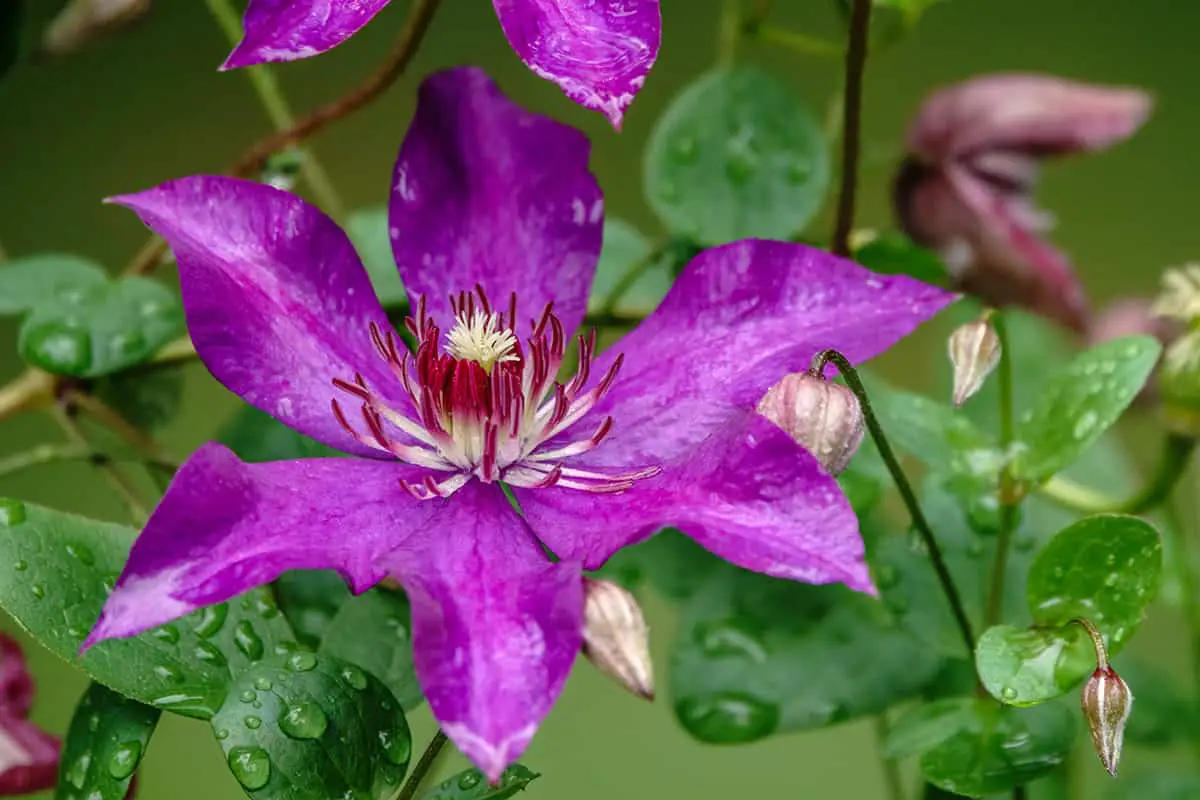
This plant prefers consistent moisture but does not thrive in water-logged conditions. Water your clematis deeply once a week, ensuring the soil is moist but not soggy.
During hot or dry weather, you might need to water more frequently. To check if your clematis needs water, insert your finger into the soil about an inch deep. If it feels dry, it’s time to water.
Mulching helps retain soil moisture. Apply a 2-inch layer of mulch around the base of the plant. This also helps keep the roots cool, which Clematis prefers.
If you’re using a drip irrigation system, make sure it delivers water slowly and deeply. Clematis roots benefit from steady, deep watering rather than light, frequent sprays.
Rainwater is also great for clematis. Ensure that your plant receives about an inch of water per week, either from rain or irrigation. If rainfall is sparse, supplement with manual watering.
Avoid watering the foliage directly. Direct water to the base of the plant to prevent mildew and other fungal diseases.
Temperature and Humidity
Clematis vines thrive in temperate climates. The ideal temperature range is between 55°F and 70°F (13°C and 21°C) during the growing season.
High heat can cause stress. To protect your clematis in hot climates, ensure they get afternoon shade. Mulching can help keep the roots cool.
Clematis prefers moderate humidity. Extremely high humidity can encourage fungal diseases. Ensure good air circulation to avoid this. If you live in an area with high humidity, choose a planting site with good airflow.
Some clematis species handle cooler temperatures well. Most varieties are hardy in USDA zones 4-9. These vines can tolerate brief cold snaps but consistent freezing temperatures can be harmful.
Fertilizer
Clematis vines are heavy feeders. To ensure healthy growth, you must provide them with proper nutrients. Use a balanced organic fertilizer in early spring. Follow the manufacturer’s recommendations for application rates.
During the growing season, apply a low-nitrogen, slow-release fertilizer every 4 to 6 weeks. This helps maintain steady growth and flower production.
Incorporate compost into the soil before planting. This boosts the nutrient content and improves soil structure. A well-prepared soil foundation supports the vine’s long-term health.
Shade the roots with mulch or a ground cover planting. This not only maintains soil moisture but also provides a consistent supply of nutrients. Renew mulch in spring to keep the soil in optimal condition.
If planting in containers, additional care is needed. Container plants require more frequent feeding due to limited soil volume.
Propagation
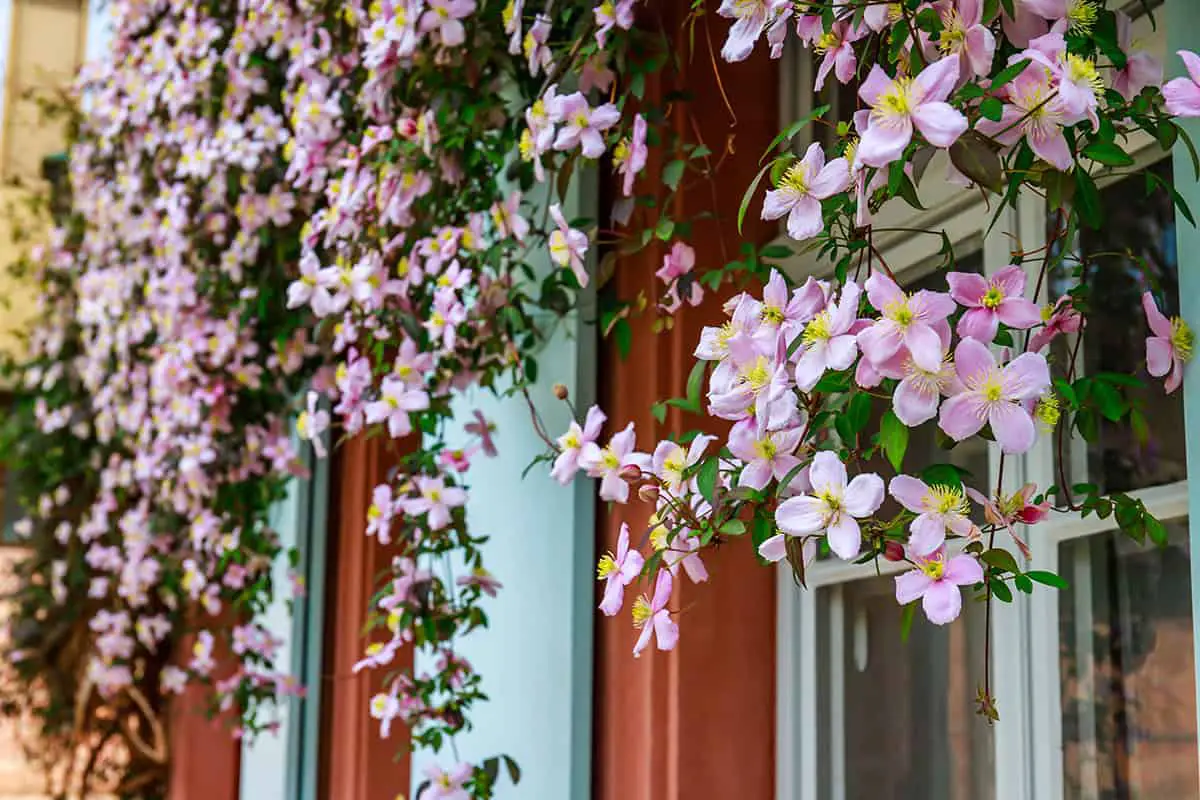
Propagating clematis can be done in a few effective ways. You can use seeds, cuttings, or layering.
Propagation by cuttings is easy. Take softwood cuttings in early summer. Choose stems that are green and flexible. Trim below a leaf node, dip in rooting hormone, and plant in moist soil.
Seed propagation is more time-consuming. Collect seeds from mature plants, sow them in pots with well-drained soil, and keep them in a cold frame over winter.
Layering is another method. Bend a low stem to the ground, cover a section of the stem with soil, and use a stone to hold it down if needed. Roots will form in a few months.
Each method has its pros and cons. Cuttings are faster than seeds, but seeds can take a few years to bloom. Layering is simple but takes up space.
Remember, clematis prefers well-drained soil. Water regularly to keep the soil moist but not soggy.
Make sure to monitor your cuttings and layers. Provide a support structure as they grow. This helps the young plants develop strong roots and stems.
Pruning
Proper pruning promotes better air circulation, stimulates new growth, and enhances flowering.
Clematis vines fall into three pruning groups. These groups are based on when they bloom and whether they flower on old or new wood.
Group 1 includes vines that flower in spring on old growth. You should prune them right after they finish blooming. This helps prevent damage to next season’s buds.
Group 2 clematis blooms on both old and new growth. They flower in late spring or early summer. Prune this group lightly in early spring. Remove dead wood and weak stems to help the vine grow strong.
Group 3 clematis blooms in late summer or fall on new growth. Prune these vines back to 6-12 inches above the ground in late winter or early spring. This encourages fresh growth and increases flower production.
To properly prune your clematis, always use clean, sharp tools. Make clean cuts to avoid damaging the plant.
Different clematis varieties may require specific care and attention. Knowing which group your clematis belongs to will help you know when and how to prune.
Potting and Repotting
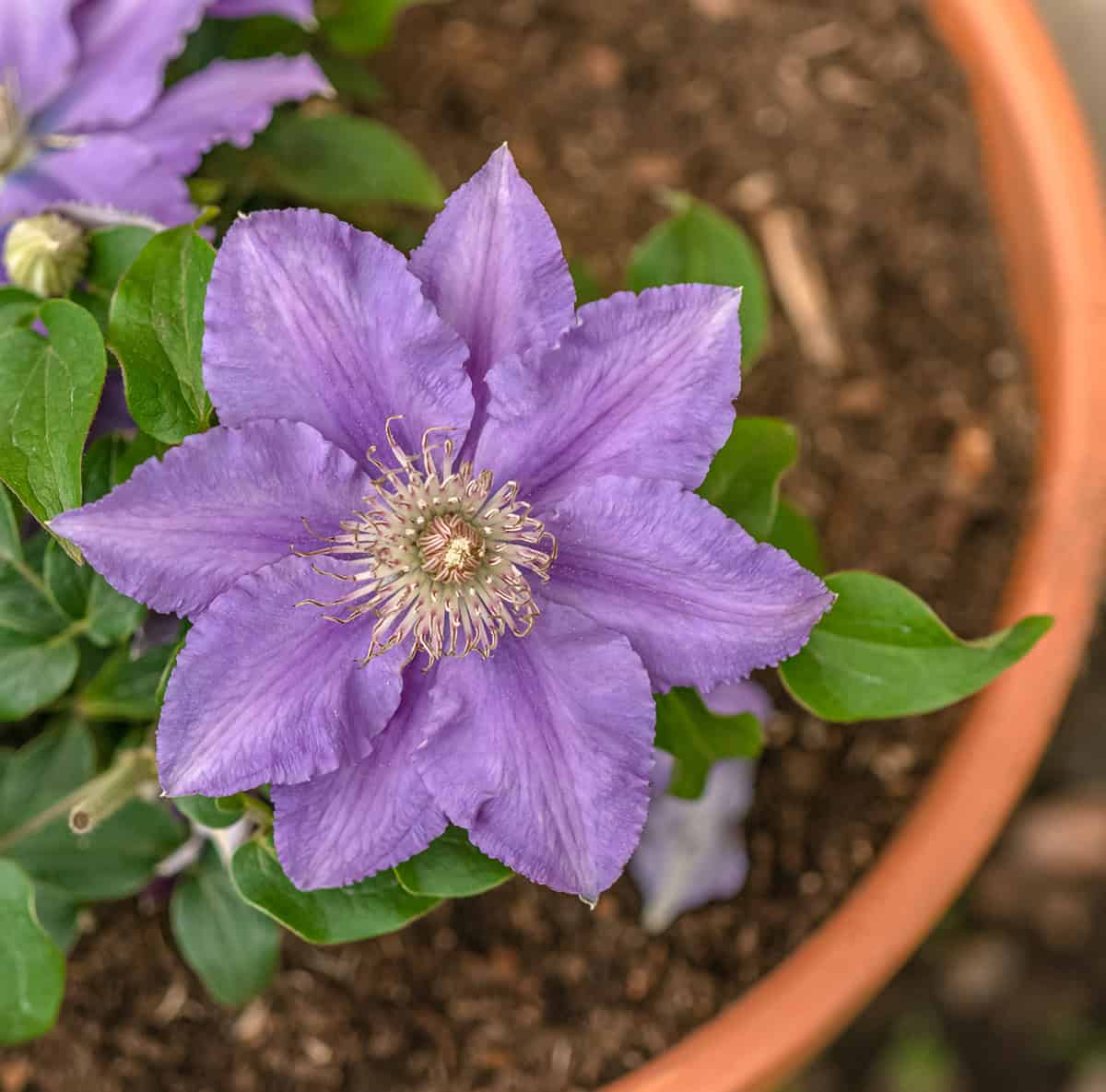
When potting clematis, choose a container that is at least 18 inches in diameter. This ensures enough space for the roots to grow. Use a high-quality potting mix that retains moisture but drains well.
Ensure the container has drainage holes to prevent waterlogging. Roots should be slightly shaded while the rest of the plant enjoys full sun. Mulching the top of the soil can help keep roots cool.
Repotting is necessary every 2-3 years. Move the plant to a larger container or refresh the soil in the existing one. This provides fresh nutrients and promotes healthy growth.
Gently remove the clematis from its pot, being careful not to damage the roots. Shake off old soil and trim any damaged roots. Then, place the plant in its new container at the same depth as before.
Water thoroughly after repotting to settle the soil around the roots. Do not let the soil dry out completely, but avoid overwatering.
Common Problems & Troubleshooting
Clematis vines face several common problems. One issue is powdery mildew. White fungal growth appears on the leaves. Leaves wither and die. You can address this by applying copper sulfate or potassium bicarbonate.
Clematis wilt is another serious problem. Two fungi, Phoma clematidina and Ascochyta clematidina, cause this. The vine collapses suddenly. Stem and leaves turn black and die within days. Remove and destroy affected parts.
Rusts can affect clematis too. Slightly swollen areas on the vine may erupt with yellowish spores. You can prevent this by ensuring good air circulation around the stems.
Another common issue is aphid infestation. These pests suck sap from the plant. This causes leaves to curl and distort. Use insecticidal soap or neem oil to control them.
Clematis vines prefer moist, well-drained soil. Ensure roots are shaded with mulch or a ground cover. Overly dry conditions can stress the plant. Water thoroughly to keep the soil evenly moist.
Also, watch for nutrient deficiencies. Clematis is a heavy feeder. Provide a low nitrogen, slow-release fertilizer every 4 to 6 weeks during the growing season.
